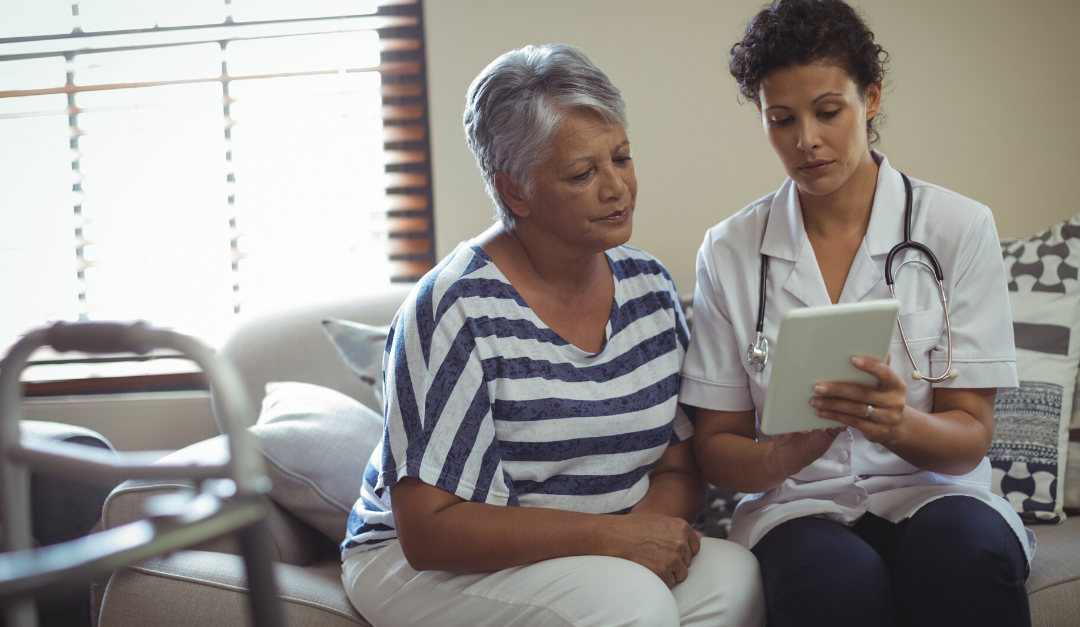The pandemic accelerated the growth of tech companies globally. As the rest of the economy receded, big tech made significant gains when the world went remote. In the world of senior living, the already growing services of telehealth became part of the standard for skilled nursing facilities. It was predicted that the industry would continue to see the evolution of virtual care services. As vaccines are mandated and the peak of the pandemic is over, is telehealth still necessary?
With the impact of the coronavirus on communities, senior living facilities worked vigilantly with public health officials to prevent an outbreak. Visitors were restricted and residents were quarantined, which obviously meant that senior living providers had to find creative ways to navigate the restrictions of the pandemic. In order to keep residents connected with top-tier medical teams, facilities utilized evolving technology aimed at older adults to improve their experience through telehealth.
Telemedicine has been a newer, popular way to keep residents healthy. Hosting video conferences allow healthcare providers to communicate with seniors. Patient monitoring systems give seniors access to their health data and promoting health literacy by enabling seniors to become more comfortable with web researching. During times where social distancing was important, teleconsultations limited the number of trips they took to healthcare providers. So why might this not be the future of senior living after all? While it sounds great on paper, research has shown that many older adults are less keen on this newer technology.
Inexperience
A study by VeryWellHealth reported that 30% of older adults were unready due to their inexperience with technology. Not every adult utilizes internet-enabled devices, like laptops. If the senior living facility isn’t already providing technological support, it can be difficult to encourage residents to use telehealth in the first place.
Privacy Concerns
According to the University of Michigan’s National Poll on Healthy Aging, 49% of older adults have reported privacy concerns during telemedicine visits. Unlike regular doctor visits, patients are often unsure of if they’re being recorded, if someone else is monitoring the call, and where their information is being stored and shared.
Disabilities
Telehealth isn’t inclusive for every disability. Having difficulty hearing, speaking, or seeing, can be a barrier to technological readiness. This is why it’s important to have multiple avenues in which residents can receive personalized treatment.
There are newer options including VR, robotics and other technologies that help the elderly live healthier lives. These innovations will continue to hit the market and should be considered. However, this doesn’t negate the fact that technology cannot replace a quality in-person staff. The best talent will fill in these gaps. While telemedicine can provide residents with a convenient way to manage their health in the midst of the COVID-19 pandemic, it may not be a long-term solution for the majority.
It is difficult for many to adapt to the necessary technology. If technological challenges or physical disabilities could keep telehealth from being the main option. In order to find the best team to provide these services, give JDI a call.
